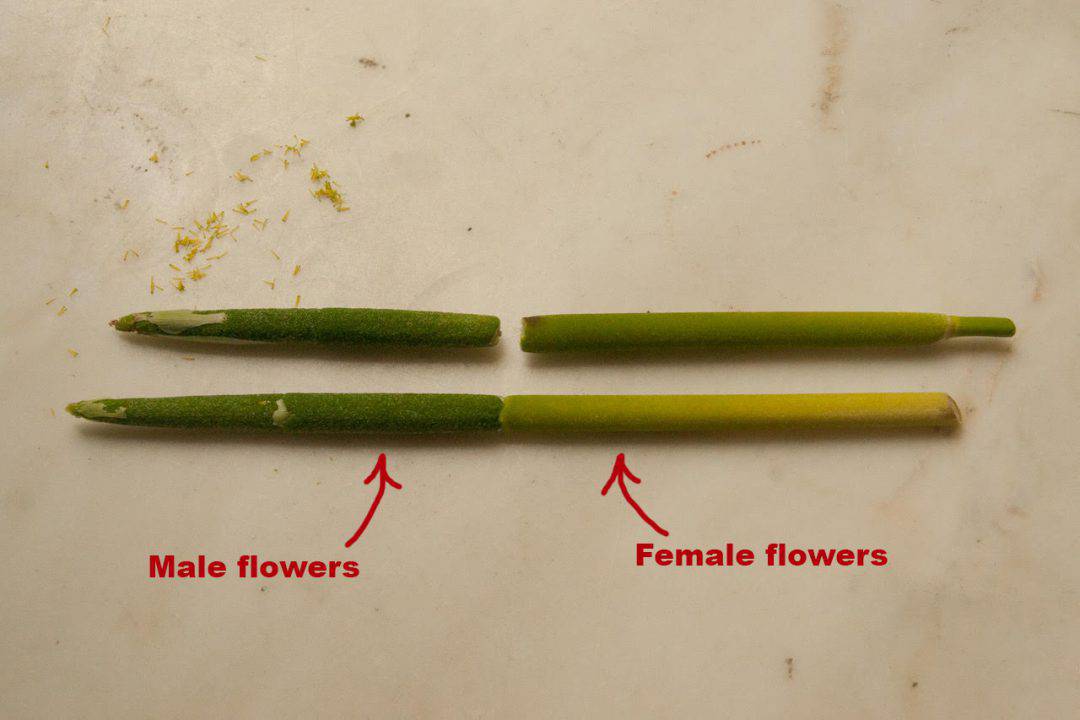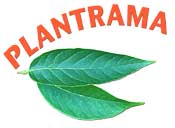Blue Hydrangeas, Cattails and Birdseed Shells
In this episode we talk about the common belief that the shells of sunflower seeds “poison plants.” We also discuss why some people can grow blue mop head hydrangeas but others have a hard time getting them to flower. You’ll learn about the importance of cattails in nature and to a forager, and hear about preserving a #LeafStackChallenge.
:28 True or false? Birdseed shells poison plants. Are they really allelopathic? (Allelopathy is a biological occurrence when an organism/plant produces one or more biochemicals that influence the germination, growth, or survival, of other organisms/plants.)
4:43 Plant Noob: Can you grow blue hydrangeas where you live?
14:47 Eat/Drink/Grow: Cattails (Typha latifolia) See Ellen’s Cattail Recipe here.
21:17 Love Letters & Questions: Can I preserve my leaf stack challenge?

These are what cattail flowers look like! Yes, they look like a stem. But since they don’t have pretty flower parts to attract pollinators, they place the male flowers on top of the female so that the pollen can just fall down onto the female for fertilization. Plants are really amazing, right?

Are these sunflower seed shells going to kill nearby plants?

Why can some people grow these blue hydrangeas but others have trouble getting them to flower? This one, by the way, is called Hopcorn and it is really this true blue!

